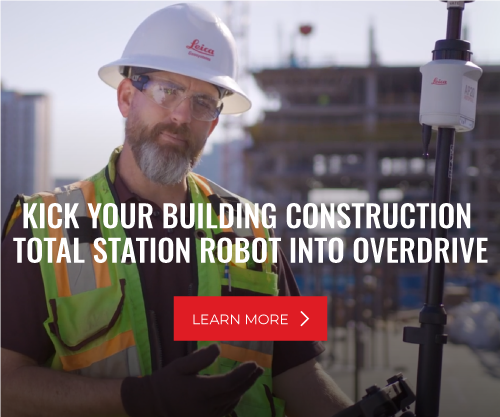When it comes to iconic structures that define city skylines, One World Trade Center in New York City is unmatched. This architectural marvel is not only a symbol of resilience but also a testament to the leaps and bounds made in construction technology.
Designed by David Childs of Skidmore, Owings & Merrill, One World Trade Center rises 1,776 feet in the air, making it the tallest building in the U.S. To maintain vertical alignment and structural integrity during construction, the steel erectors turned to an innovative core wall survey control system developed by Leica Geosystems for the construction of the 2,717-foot-tall Burj Khalifa skyscraper in Dubai, United Arab Emirates.
Core Wall System Components
The core wall survey control system is a revolutionary technology that has significantly transformed the construction process of tall buildings. It uses a network of conventional on-site GPS/GNSS observations, remote reference stations, and precision inclinometers to provide a precise method for aligning and positioning each floor of a building during construction.
First, surveyors established a network of ground control around the construction site by setting control stations at every intersection. They also attached prisms to nearby buildings.
Three active GPS/GNSS antennas were set on the top deck of the structure, each with a 360-degree prism mounted below it. Three Continuously Operating Reference Stations (CORS) located off site provided the correction data. These six data feeds provided position coordinates every hour that were used to plumb the steel to the required 1/16 and 1/8 inch tolerances.
Precise inclinometers installed on the building core wall approximately every 20 floors measured the displacement of the tower alignment from vertical. These measurements enabled the team to continue to set accurate control as the tower rose to ensure a straight structure.
Structural Integrity, Time Savings, and Lasting Stability
Beyond ensuring structural integrity, the core wall survey control system offered several practical benefits. One of the most important benefits was the time savings. The traditional method of transferring the locations from the ground on all four sides and doing a best fit would have required three to five hours or more to get a good position because of the time involved in going down to the ground and back up again. With the core wall survey control system, accurate coordinates were provided in real time. The construction team could quickly make adjustments as needed, preventing costly delays and rework.
In the case of One World Trade Center, this system not only facilitated the construction process but also ensured the building’s lasting stability. This impressive feat is a clear demonstration of how the core wall survey control system can be used in tall-building construction to enhance efficiency, accuracy, and safety.
To learn more about innovative solutions for building construction, contact our experts.






